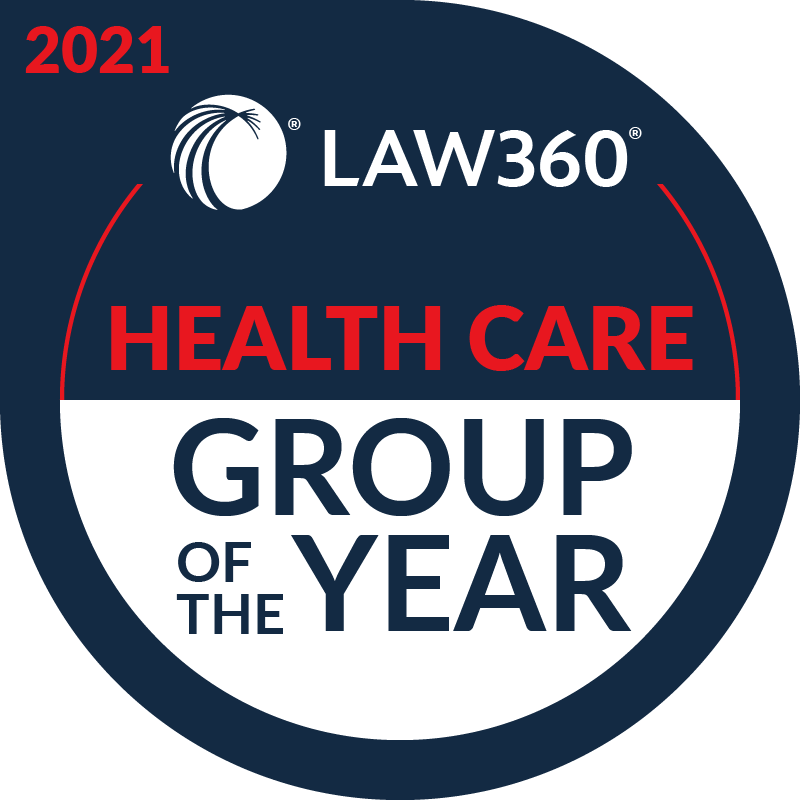In the fifth and final installment of McDermott’s HPE Europe 2020 Summer Webinar Series, McDermott partner Tom Whelan hosted a discussion with Marc Benatar of Apax Partners, Markus Peterseim of Alvarez & Marsal, and fellow McDermott partner Dr. Nikolaus von Jacobs to examine how the Coronavirus (COVID-19) pandemic is affecting deal making in the healthcare industry.
Whelan led the group through a wide-ranging conversation centered on five key pandemic deal impact areas: pricing, process, timing, regulation and future prospects. Read on for discussion highlights, and click here to access the full webinar.
Pricing
“You’ve clearly seen a polarization,” Benatar said. “Nonessential businesses were hit hard by the lockdown effect and remain impacted, while those that were related to essential elements of healthcare were hit but started to experience a catch-up at the beginning of May and are already getting close to the normal run rate volume. I think that businesses that demonstrated that they are related to an essential part of the healthcare offering and that they can survive this type of crisis have almost strengthened their value. Those businesses that we know have experience with this first wave and those that are getting even more prepared for the next one will probably attract the highest valuations.”
COVID-19 has had a significant impact on the due diligence process, Peterseim noted. “When you’re advising investors on commercial or operations due diligence, there are always questions such as, ‘What will be the new normal of profitability? Will it be a swift [...]
Continue Reading
read more

 Subscribe
Subscribe




